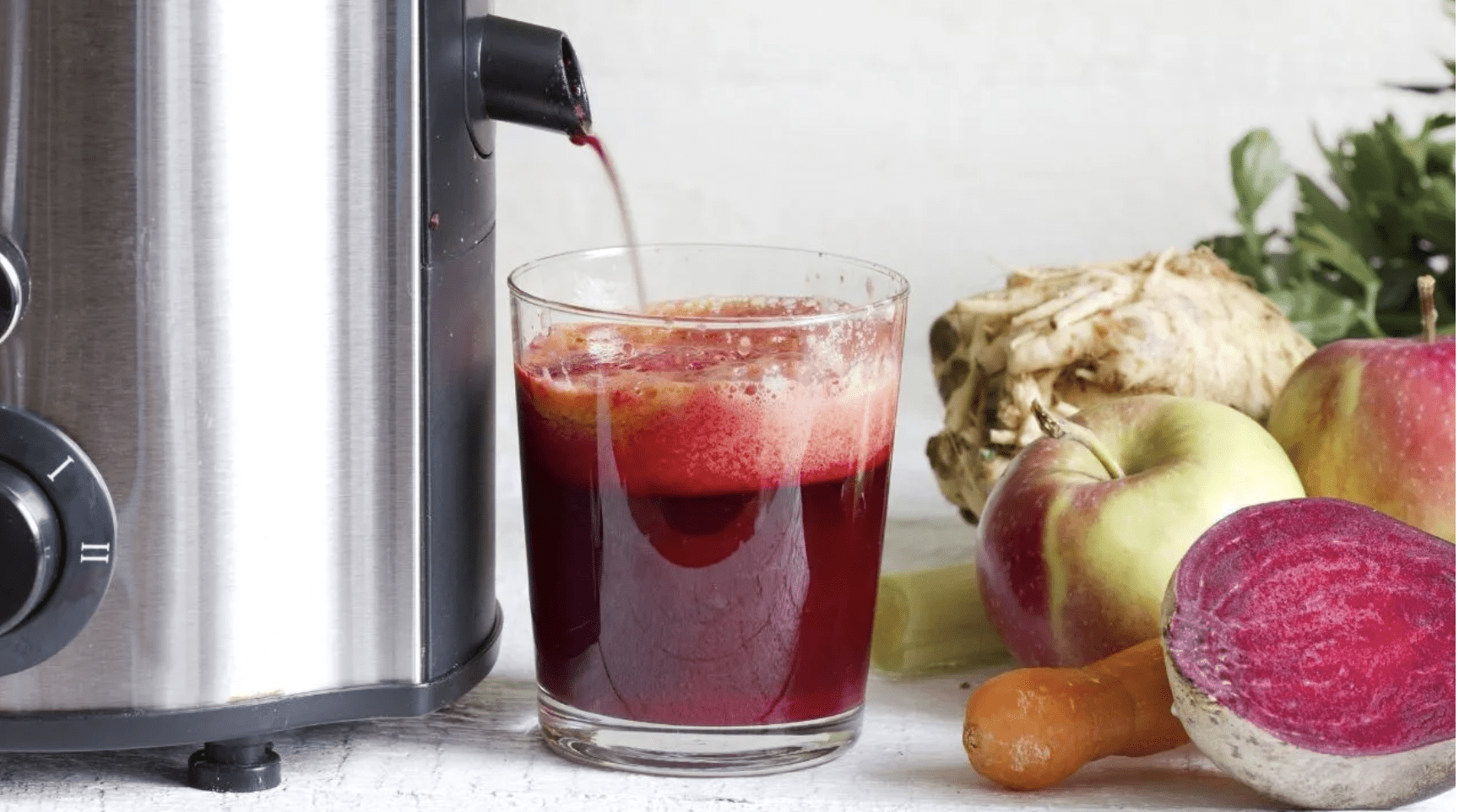Nicole Loomis
Juicing is a key to better and broader nutrition. If you’re in the market for a commercial juicer machine, there are so many facets of the phenomenon to think through. There are hundreds of fruits and veggies you can include in your juices, but it’s important to avoid certain juicing mistakes as you try new combinations. Here are the most common mistakes that can damage your juicer and delay your journey to improved health.
Clogging Your Juicer
Thoroughly washing your commercial juicer goes a long way toward avoiding clogs. During use, you should do all you can to avoid a clog, too. This way, you don’t have to deal with your juicer not starting, overheating, or leaking.
Inserting Too Many Fibrous Veggies & Soft Fruits
One misstep is to put too many dark greens or soft fruits in your juicer at once. Leafy greens are responsible for clogging because they are fiber-full and difficult to break down quickly. When you put handfuls of large leaves in, they become very stringy, but mincing your dark greens before you add them to your juicer prevents this stringiness.
Interestingly, soft fruits such as tomatoes and oranges lack the fiber that makes greens difficult, yet they also occasionally clog juicers. Their mushy pulp easily collects and disrupts your juicing. Try varying your juicing process and put in a hard vegetable such as a carrot after adding some tomato to prevent a clog.
Rushing the Process
Juicing too much of one thing is a problem but juicing too fast also doesn’t help, either. If your juicer is still working on preparing what you’ve already put in, don’t add that carrot you have in your hand just yet. Sit back and give your machine time to finish. This applies to juicer settings as well—too fast a setting will overwork your juicer just as putting too many ingredients in does. By reducing the juicing speed and holding off on adding things, you can maximize your juice and not risk a complication.
Issues with Washing
Before and after use, it’s vital that you appropriately wash your juicer to prevent damage. Make sure you follow the correct steps to avoid washing it incorrectly.
Washing Your Juicer in Scalding Water
You should avoid cleaning cold-press juicer parts in water that you would consider scalding. Hot temperatures can impair important sensors and seals.
Not Washing Your Juicer Completely
Not thoroughly cleaning is another common mistake that can damage your juicer. Incomplete washing doesn’t just compromise your efficiency by blocking the juicing screen, but it leads to pressure buildup, too. This causes internal damage to your juicer. Take the time to clear the screen, feed chute, auger, and other parts that contact food.
Other Mistakes
- Using a non-related utensil for pushing
- Running a juicer too long
- Using too-large ingredients


